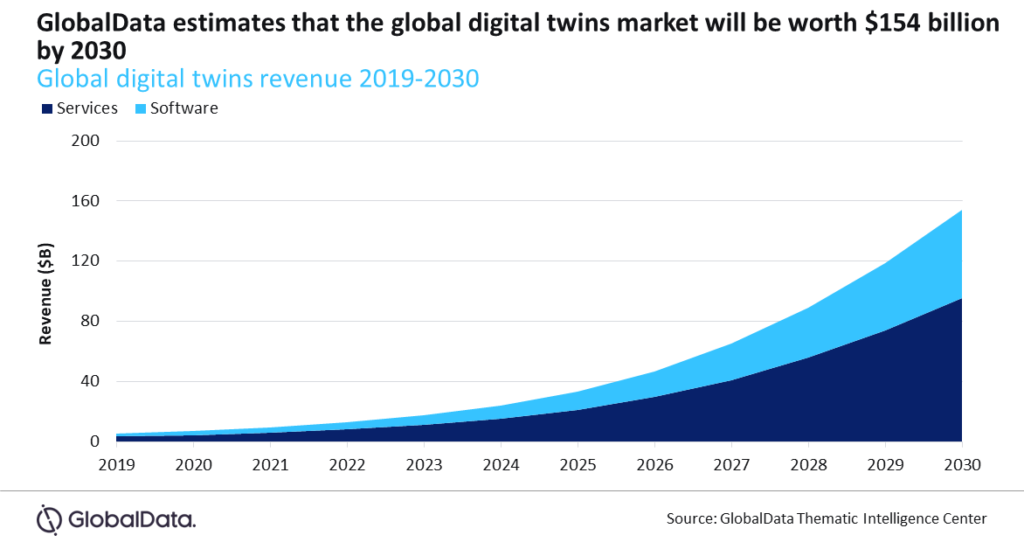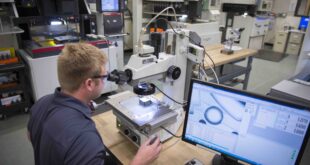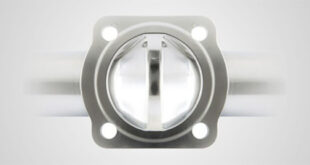Digital twins are digital representations of physical assets, systems, people, or processes. They help detect, prevent, predict, and optimise the physical environment using artificial intelligence (AI), real-time analytics, visualisation, and simulation tools. In case of oil and gas, digital twins can support the entire project lifecycle from the project design to commissioning. It can also help in overseeing the asset performance during operations and aid in personnel training, says GlobalData, the data and analytics company.
GlobalData’s Thematic report, Digital Twins in Oil and Gas, provides an overview of the digital twins technology and its potential implications in oil and gas operations. It also highlights the role of major oil and gas companies, such as ADNOC, BP, Eni, Equinor, ExxonMobil, Repsol, Rosneft, Shell, and TotalEnergies in the development and adoption of digital twins to meet their business objectives.
Ravindra Puranik, Oil and Gas Analyst at GlobalData, comments: “Digital twins are rapidly becoming a mainstay in oil and gas operations as companies strive to optimise asset performance and minimise unplanned outages. This aims to make oil and gas operations relatively safer while lowering the carbon footprint and improving profitability. Besides, companies are also deploying these tools for remote monitoring and predictive maintenance, among other benefits.”
Digital twins can effectively simulate the management of an oil and gas asset and forecast potential scenarios. They also have the capability to dynamically model the performance of the asset in real-time.
Puranik continues: “By harnessing real-time data, simulation, and analytics, digital twins can offer profound insights about operational assets. They can enable oil and gas companies to streamline processes, pre-empt breakdowns, bolster safety measures, and thus, enhance overall profitability. With their ability to provide a comprehensive view of operations, digital twins assist in formulating more informed and precise decisions, rendering them indispensable tools in oil and gas operations. The eventual goal is to achieve autonomous operations at production units to boost safety and productivity.”
Digital twins
Digital twins were initially deployed in capital-intensive oil and gas production facilities to streamline processes, mitigate emission footprint, and generate cost savings. Since then, companies have created twins of their pipeline systems, gas plants, LNG terminals, as well as refineries and petrochemical complexes.
Puranik concludes: “Oil and gas companies are also keen on using this technology for their newer ventures beyond oil and gas, including in carbon capture and storage (CCS) and renewable power projects. There is considerable potential for digital twins in improving the efficiency and effectiveness of CCS projects and to predict the power output from wind or solar farms. Another emerging use case is in supply chain and inventory management, where products can be tracked in real-time to ensure their timely availability for end use applications. This would help in streamlining logistics costs and maintain product quality for end consumers.”
 Engineer News Network The ultimate online news and information resource for today’s engineer
Engineer News Network The ultimate online news and information resource for today’s engineer



